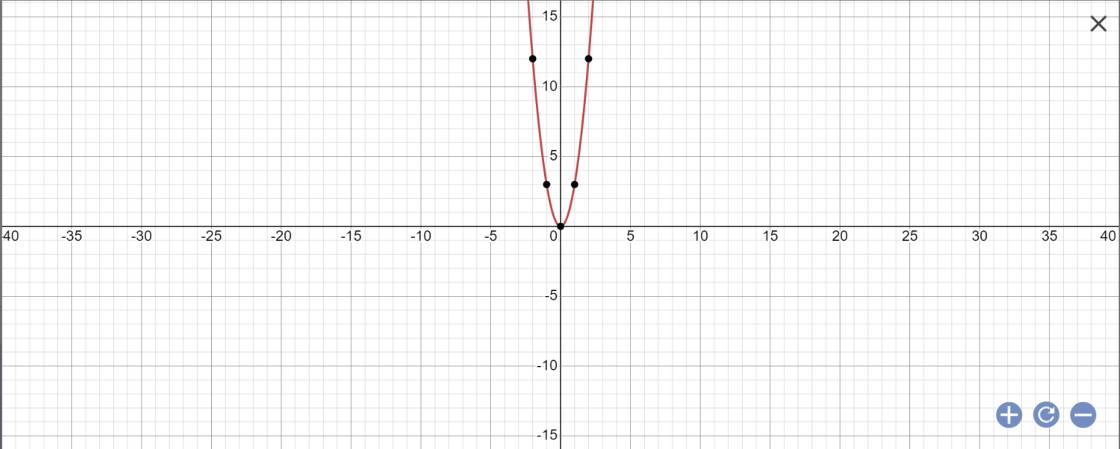Hãy nhập câu hỏi của bạn vào đây, nếu là tài khoản VIP, bạn sẽ được ưu tiên trả lời.


Câu 2:
c) Phương trình hoành độ giao điểm của (P) và (d) là:
\(\dfrac{1}{2}x^2=2x+6\)
\(\Leftrightarrow\dfrac{1}{2}x^2-2x-6=0\)
\(\Leftrightarrow x^2-4x-12=0\)
\(\Leftrightarrow x^2-4x+4=16\)
\(\Leftrightarrow\left(x-2\right)^2=16\)
\(\Leftrightarrow\left[{}\begin{matrix}x-2=4\\x-2=-4\end{matrix}\right.\Leftrightarrow\left[{}\begin{matrix}x=6\\x=-2\end{matrix}\right.\)
Thay x=6 vào (P), ta được:
\(y=\dfrac{1}{2}\cdot6^2=18\)
Thay x=-2 vào (P), ta được:
\(y=\dfrac{1}{2}\cdot\left(-2\right)^2=\dfrac{1}{2}\cdot4=2\)
Vậy: Tọa độ giao điểm của (P) và (d) là (6;18) và (-2;2)
Câu 3:
Áp dụng hệ thức Vi-et, ta được:
\(\left\{{}\begin{matrix}x_1+x_2=\dfrac{-b}{a}=\dfrac{-\left(-2\right)}{1}=2\\x_1\cdot x_2=\dfrac{c}{a}=\dfrac{-1}{1}=-1\end{matrix}\right.\)
Ta có: \(P=x_1^3+x_2^3\)
\(=\left(x_1+x_2\right)^3-3\cdot x_1x_2\left(x_1+x_2\right)\)
\(=2^3-3\cdot\left(-1\right)\cdot2\)
\(=8+3\cdot2\)
\(=8+6=14\)
Vậy: P=14

a: ĐKXĐ: \(\left\{{}\begin{matrix}-2< =x< =2\\x< >0\end{matrix}\right.\)
c: \(f\left(-x\right)=\dfrac{\sqrt{2-\left(-x\right)}-\sqrt{2+\left(-x\right)}}{-x}=\dfrac{\sqrt{2+x}-\sqrt{2-x}}{-x}=\dfrac{\sqrt{2-x}-\sqrt{2+x}}{x}=f\left(x\right)\)

\(a^3=16-8\sqrt{5}+16+8\sqrt{5}+96\sqrt[3]{\left(16-8\sqrt{5}\right)\left(16+8\sqrt{5}\right)}\)
\(a^3=32+96\sqrt[3]{-64}=32+96.\left(-4\right)=-352\)
đến đây dễ r
\(a^3=32+3\sqrt[3]{\left(16-8\sqrt{5}\right)\left(16+8\sqrt{5}\right)}\left(\sqrt[3]{16+8\sqrt{5}}+\sqrt[3]{16-8\sqrt{5}}\right)\)

a: f(x)=3x^2
a=3>0
=>Hàm số đồng biến khi x>0 và nghịch biến khi x<0
b: f(1)=f(-1)=3*1^2=3
f(2)=3*2^2=12
f(-4)=3*(-4)^2=48
c: f(x)=48
=>x^2=48/3=16
=>x=4 hoặc x=-4
d; 
a, f(10) = \(10^4\) + \(10^3\)- \(12.10^2\)+ 4.10 + 16
f(10) = ......